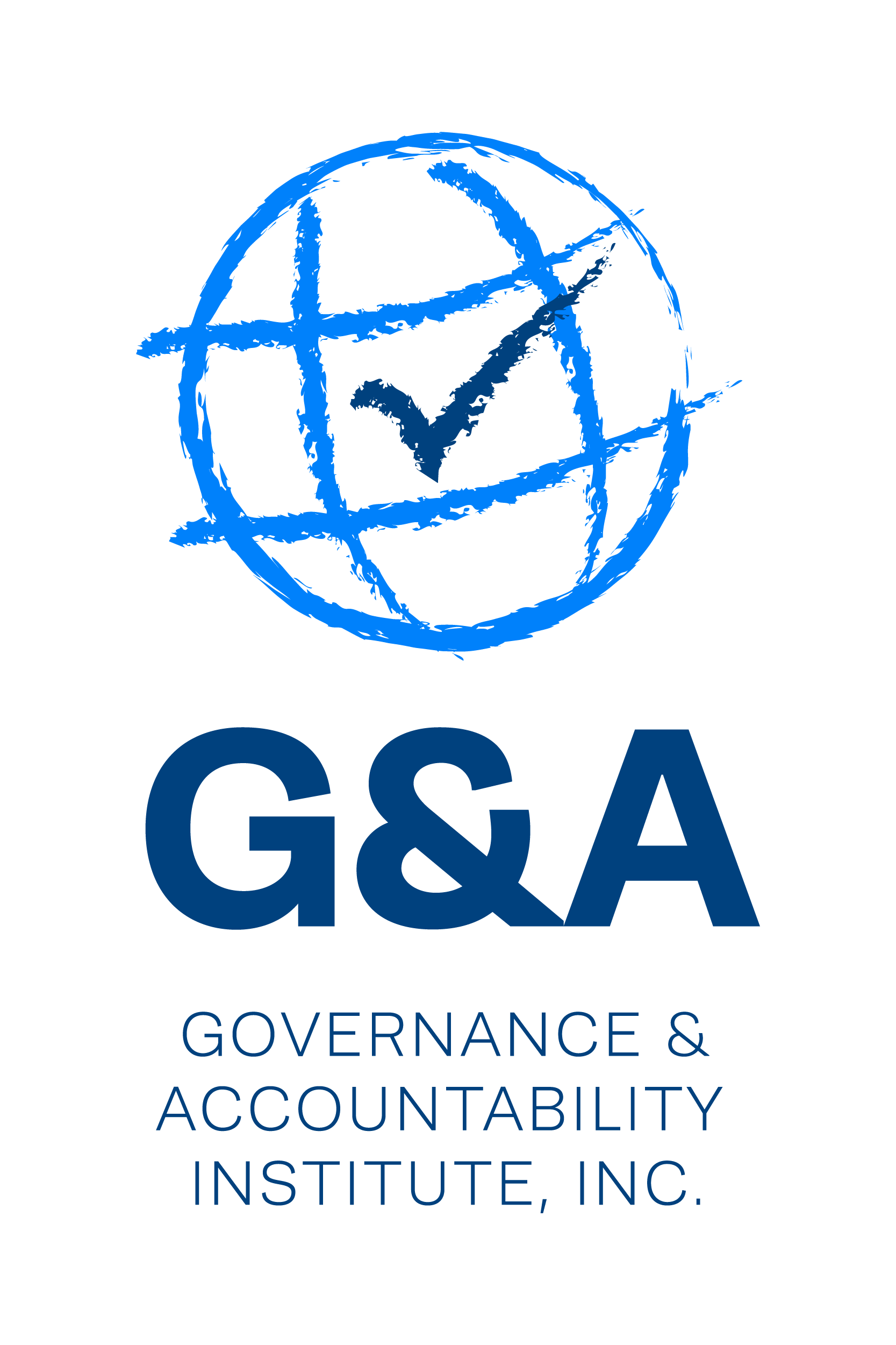What Does “Sustainability” Mean to Manufacturers? Ingersoll Rand Helps to Explain Through Operations & Products
G&A's Sustainability Highlights (07.19.2019)
What Does “Sustainability” Mean to Manufacturers? Ingersoll Rand Helps to Expla…
One of the long-term success stories in U.S. manufacturing is that of Ingersoll Rand, with history dating back to the 1870s as the Industrial Revolution gained great momentum in North America.
The company’s products were needed by other industrial revolution companies (such as compressors), by mining companies (rock drills), and in various elements (locks and more) of the b-to-b market. When the Panama Canal was being built by the U.S., Ingersoll Rand drills were on the job.
Over the decades numerous industrial companies were acquired, with technologies and products added - including such well-known names as Clark Equipment Company, Trane, Thermo King, Dresser-Rand, Harrow Industries, and others. In 2006 the company celebrated its 100th anniversary of listing on the New York Stock Exchange.
Today the company’s products are used in business and residential heating and air conditioning systems (HVAC), in the food industry, on golf courses (the familiar Club Cars), in temperature control (for transport), as well as the company’s plants turning out power tools, control systems and other equipment (there are 51 plants worldwide).
In 2014 at the UN Climate Summit the company announced its Global Climate Commitment to reduce GhGs from products and operations by 2030. So – how is Ingersoll Rand doing today?
Today’s Top Story is a Forbes interview with Rasha Hasaneen, VP-Product Management Excellence and Innovation (before joining the company she was at General Electric. The interview is authored by Joan Michelson, a ForbesWomen contributor) who talks with Rasha about “process” as well as products.
Ingersoll Rand has “a holistic view of sustainable innovation”, helping the company to find common ground with customers, partners and potential recruits. Keys to innovating with a “core value of sustainability” including (1) anticipating customers’ unstated needs; (2) performance comes first with sustainability a close second; (3) the focus is primarily on product portfolios; (4) the company is constantly innovating; (5) data helps make the business case for understanding the customers’ industries; (6) use the organization’s unique “language” to get support for innovation.
These “6 tips” explain, says Rasha Hasaneen, comprise the Ingersoll Rand approach to innovation. The challenges to address in the era of global warming with record heat across the U.S. include design and production of HVAC systems (heating, ventilation, A/C) which account for half of the energy consumption in U.S. homes and 39% of commercial buildings.
The company explains “sustainability”: At Ingersoll Rand, we integrate sustainability into the anatomy of how we help our customers success and how we run our operations. There’s good information on the firm’s 2030 Sustainability Commitment and the challenges the company, customers and society faces here.
https://company.ingersollrand.com/strengths/sustainability/2030-sustainability-commitments.html We note here that the two aspects of “sustainable” definitions used today in industry are involved: developing sustainable, long-term products for customers (such as innovative HVAC systems) and making those products sustainability -- and to be sustainable and responsible as well in the language of ESG.
Note: The company’s headquarters was for a long time in New York City, moving to neighboring New Jersey in the 1970s and then on to Davidson, North Carolina. The company is now incorporated in Dublin, Ireland (that’s a clear sign for us of the impact of globalization of what we formerly considered to be our “national” businesses!).
This is just the introduction of G&A's Sustainability Highlights newsletter this week. Click here to view full issue.

